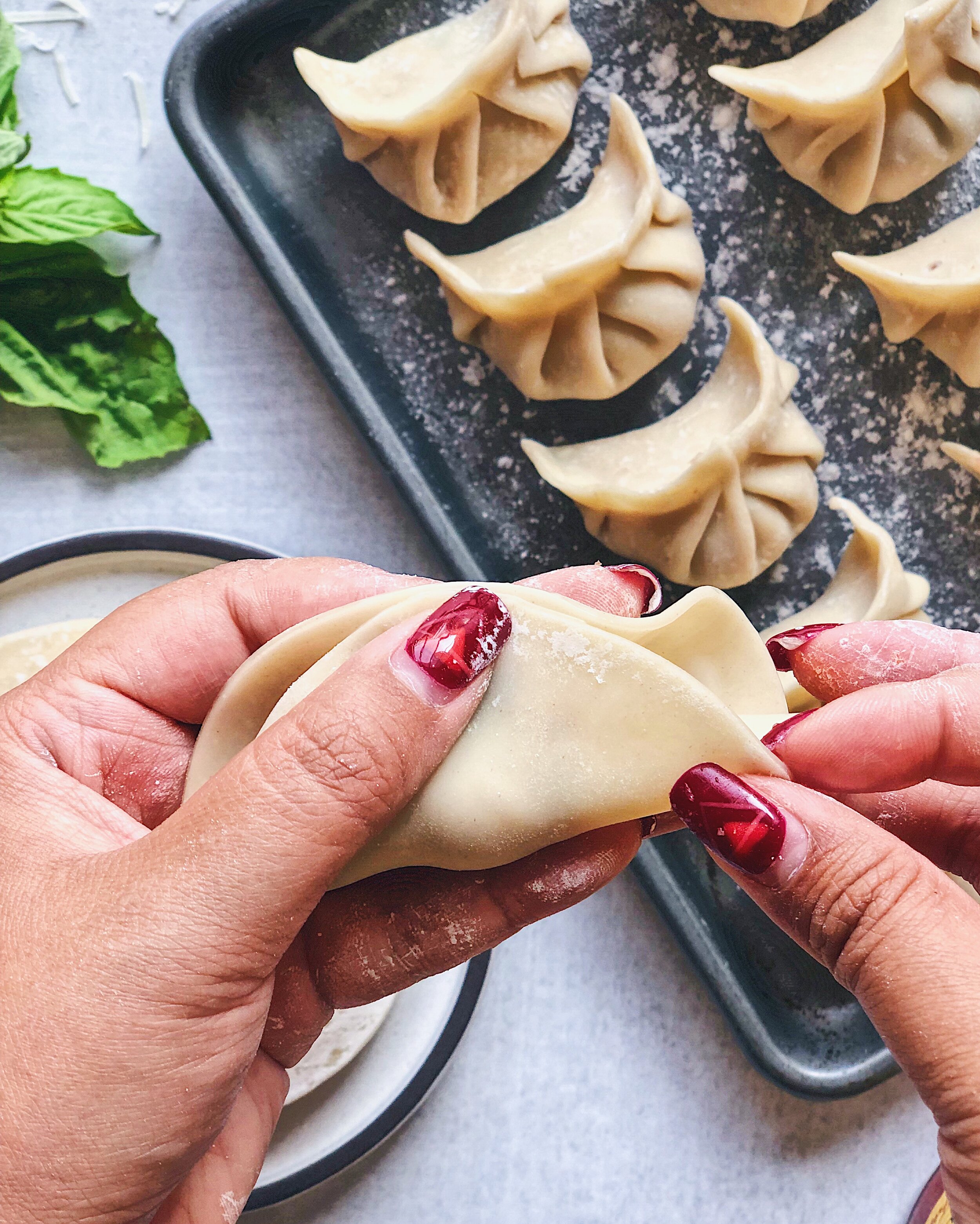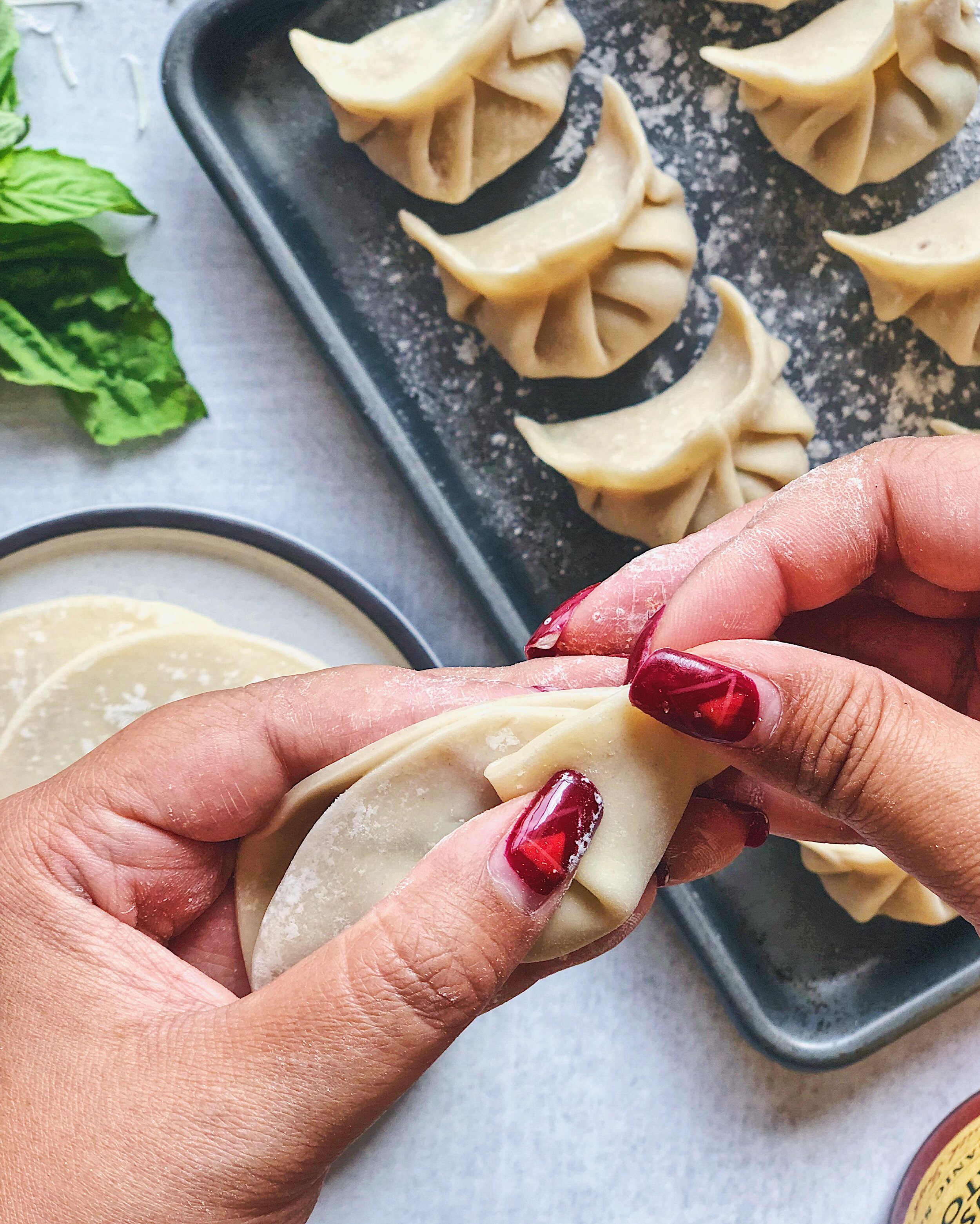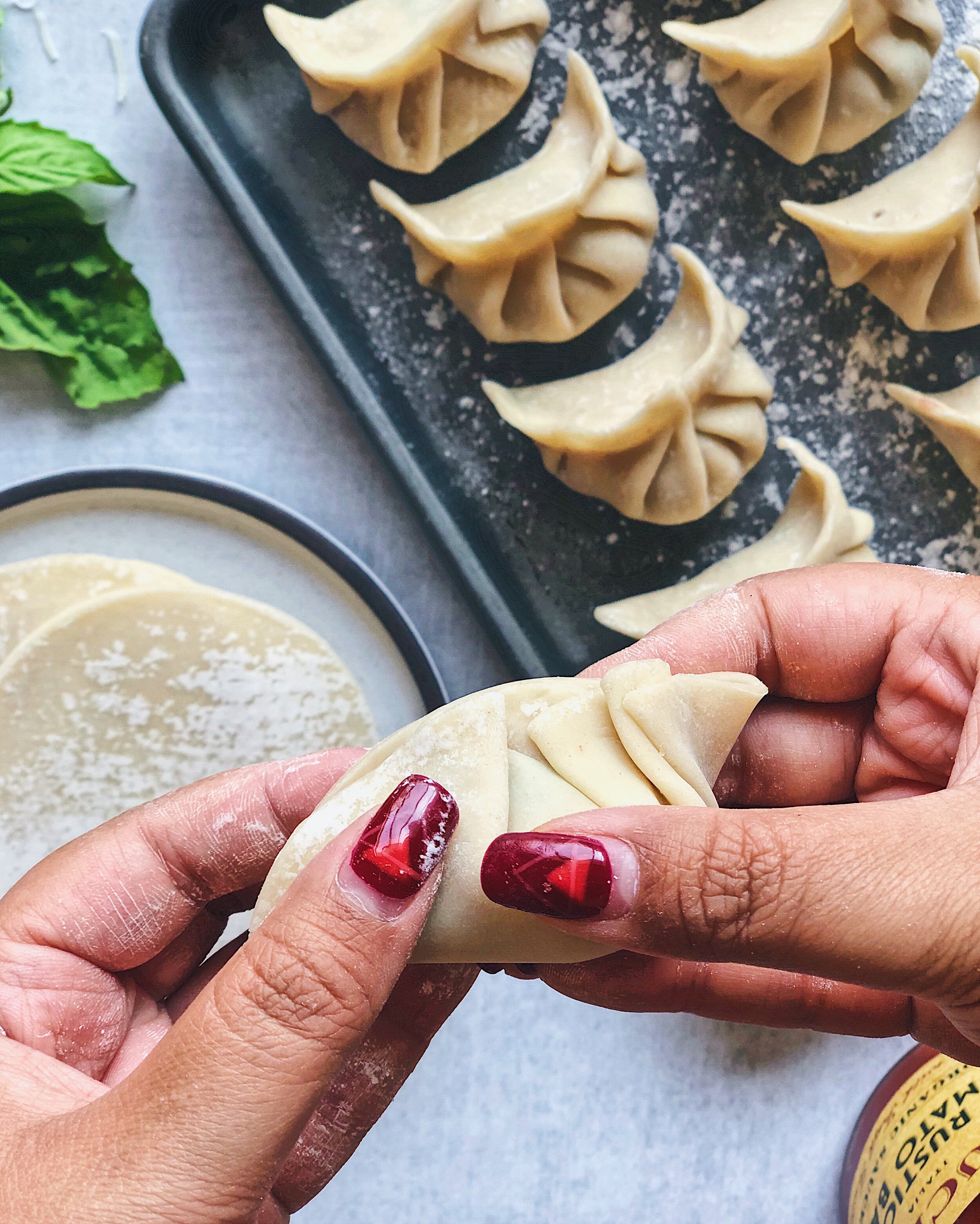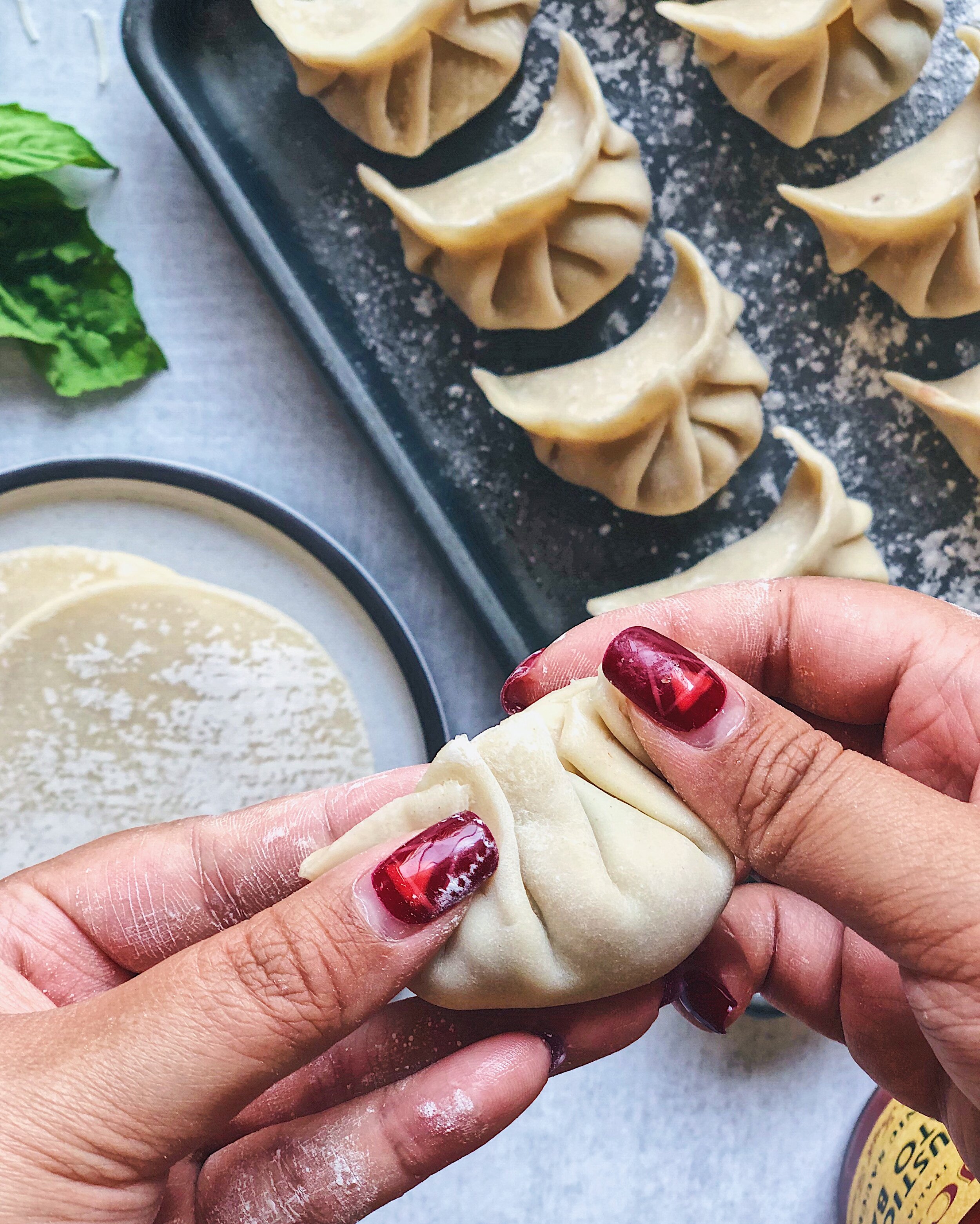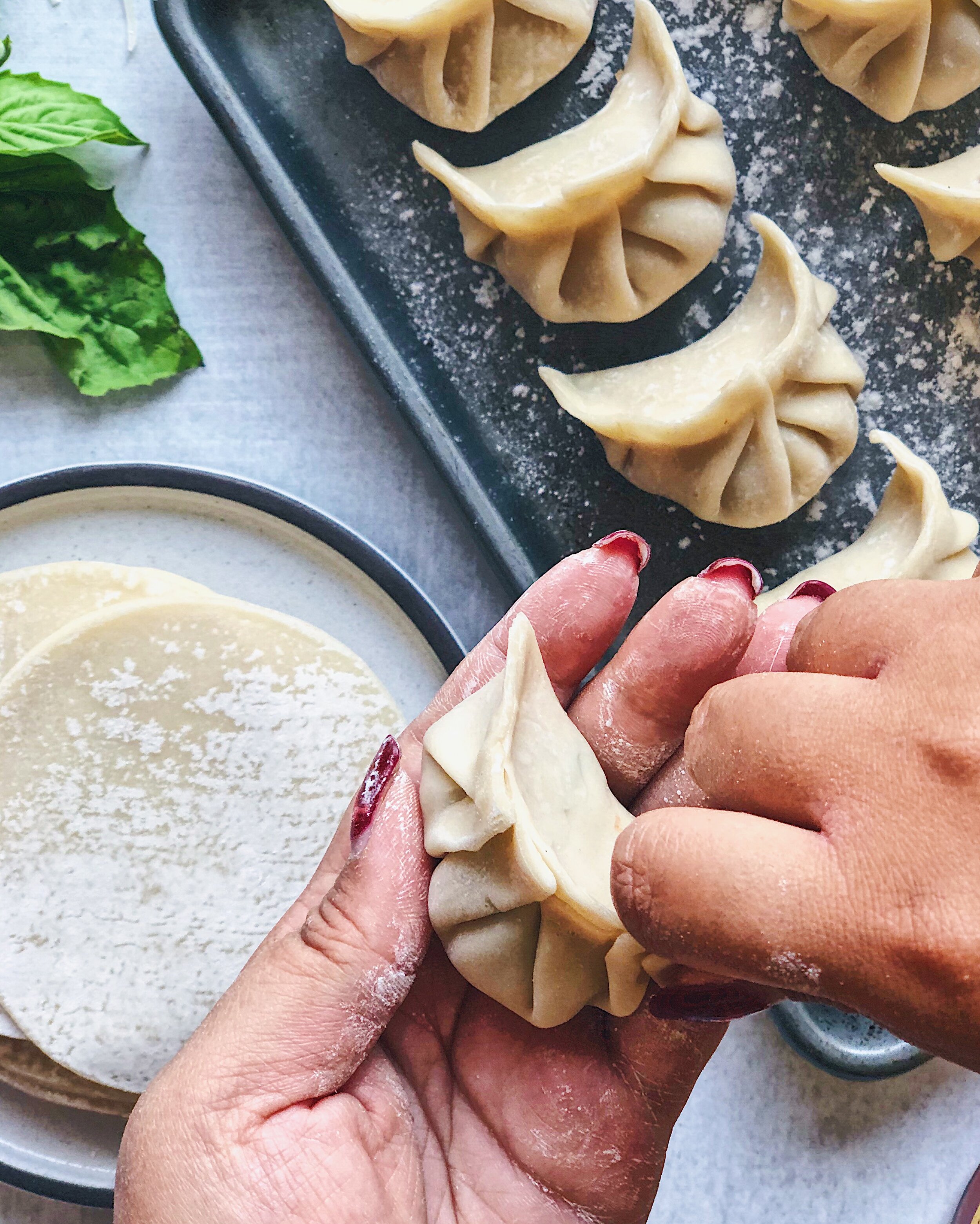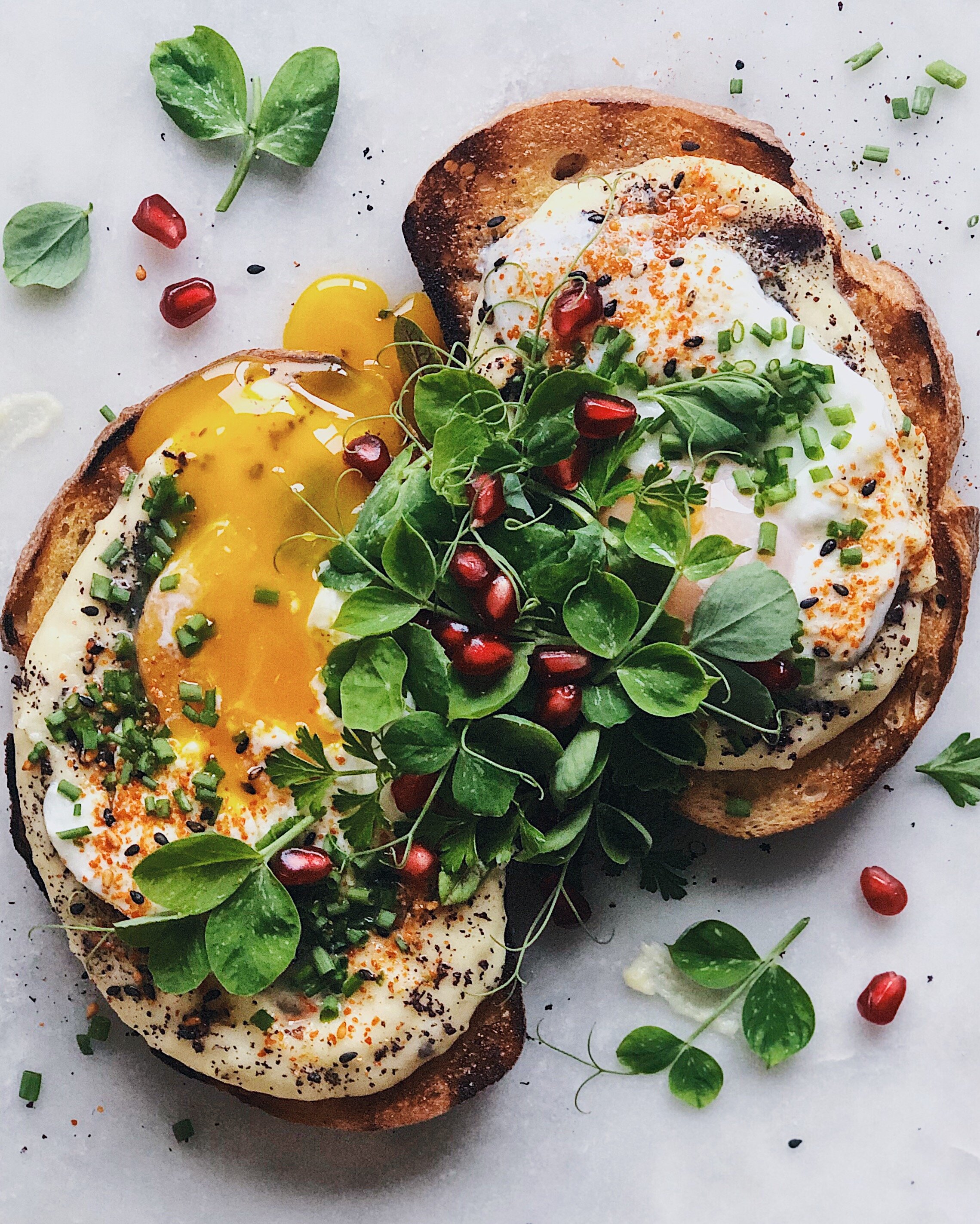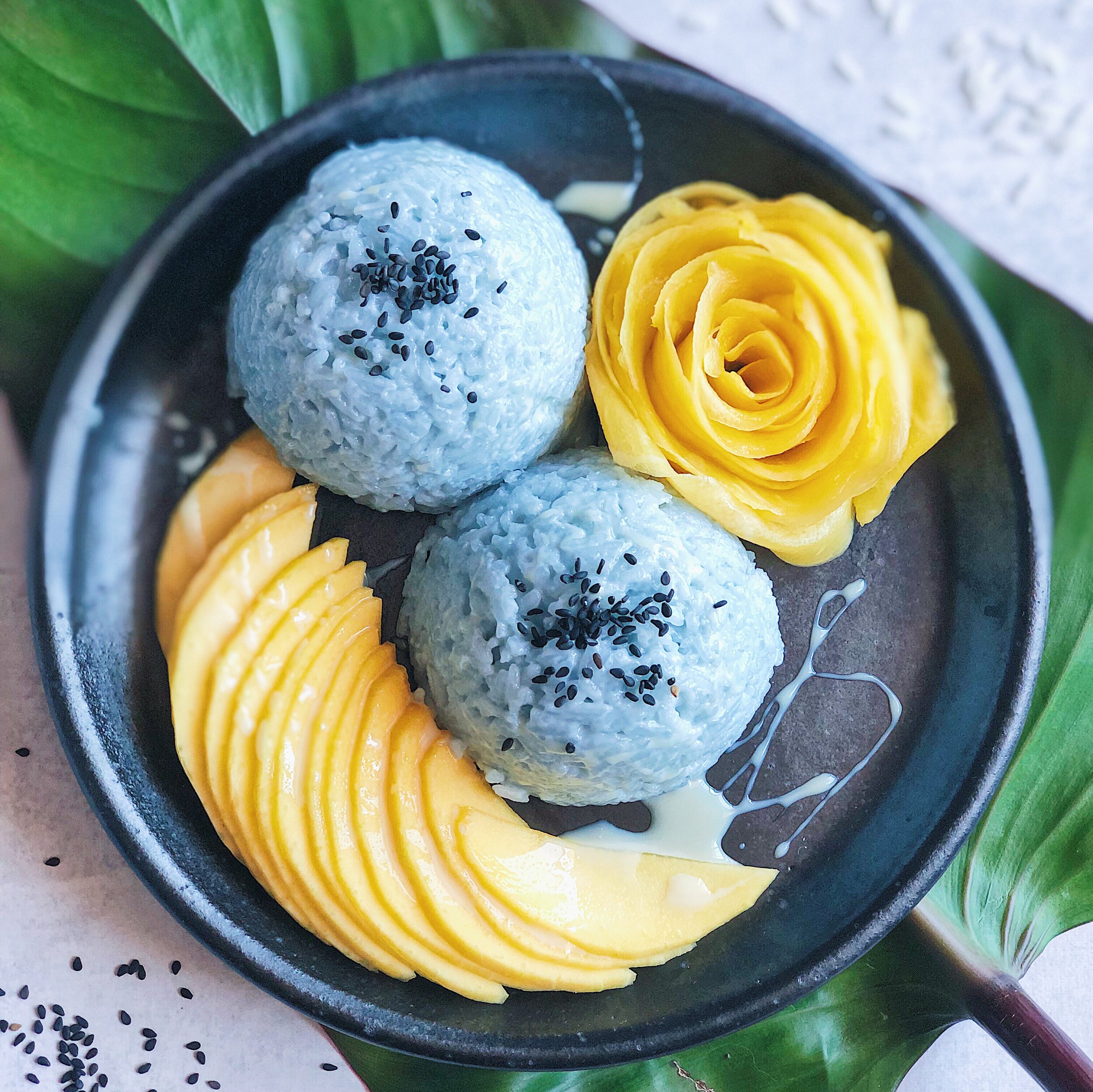As a kid, these probably would have all been on pre-sliced white bread. I don’t think my mom would have even gone for the Wonder Bread name brand; we probably got the generic supermarket brand white bread. But for this dressed-up adult version, and because I worked damn hard in life and now I can, I went for one of the most luxurious (but still square-shaped) breads available at my local vegetarian grocery co-op: the Josey Baker Bread Adventure Bread. Here’s what you’re looking at (clockwise from top-left):
Whipped buttercream and brown sugar. Inspired by my memories of having toast slathered with margarine (from the plastic tub) and a scoop of sugar sprinkled over. I don’t know why my mom thought this was a legitimate thing to serve a child, but in fairness I never had any energy and was scared of playing outside, so sugar intake was not an issue.
Creamy peanut butter and apricot preserves. Because yes, even as an Asian kid, I had peanut butter and jam. I never liked grape jelly.
Condensed milk. I think everyone knows about condensed milk toast now. I made my own condensed milk for this because I didn’t want to open up a whole can just to smear a little bit on a tiny piece of bread for a photo. (So I made a whole jar of it by laboriously stirring for 45 minutes over the stove instead? Adult Lily logic.)
Pandan kaya jam. Yes, I’ve been having this ever since I was a child even though you may have just learned about it from seeing someone post about it on Instagram. This is really what I wanted to talk about.
Kaya toast is having a moment right now here in San Francisco. Thanks to the popularity of Bread Belly’s version, with a bright green pandan kaya piped diagonally across the surface of the bread, kaya toast is showing up on my Instagram feed more often that the ubiquitous avocado toast these days. I haven’t made my way across town to try it just yet, but they seem to be a great little local business and I am happy for their success over presenting Asian-inspired flavors in high-quality baked goods. Seeing kaya toast blow up this way is a little weird for me, though. You see, Bread Belly did not invent kaya toast, nor do they make any claims that they did, and I have been eating kaya toast since I was a little kid. It’s a flavor I associate with visiting my family in Malaysia, when—even though I wasn’t considered a picky eater as a kid—my aunties were kind enough to give me toast and cereal for breakfast because they knew I wasn’t used to having curry or nasi lemak in the mornings. I associate it with avoiding eye contact with tiny lizards on the walls and the rotting-fruit smell of ripe durian caught in the humid air as I made my way down the stairs in their homes. I do not associate it with eating for the ‘Gram.
This must be what it was like for Japanese people when all of a sudden everyone started losing their shit over ramen that didn’t come out of a styrofoam cup or for Danish folks when everyone suddenly realized that putting stuff on bread looks more aesthetic when served open-faced. I’m excited that a food so Malaysian/Singaporean in origin is rising in popularity but part of me feels strangely worried that almost none of the people flocking to it know where it came from. Do they know that you can get a jar of kaya (a jam made of coconut milk, sugar, and eggs—pandan optional) from the Southeast Asian section of the Asian supermarket for less than $4? Because that’s the kaya I’m familiar with: not the nice, handcrafted, vibrant looking stuff that makes toast pretty, but rather the fresh-from-the-jar gooey stuff, as everyday as the processed peanut butter I used in this photo. Should I care about whether or not people know this?
I never bought it before in the States because I wanted to preserve that specialness that I associated between visiting Malaysia and the flavor of kaya but now I’ve gone and purchased it for $3.19 at Pacific Supermarket right here in San Francisco for purposes of this photo and the story I wanted to tell with it. I wanted to do my part to share with people where kaya came from and try to describe how weird it is to suddenly see everyone getting excited about it. I’ve always loved it and it’s always been exciting to me. I’m glad you like it, too.





























